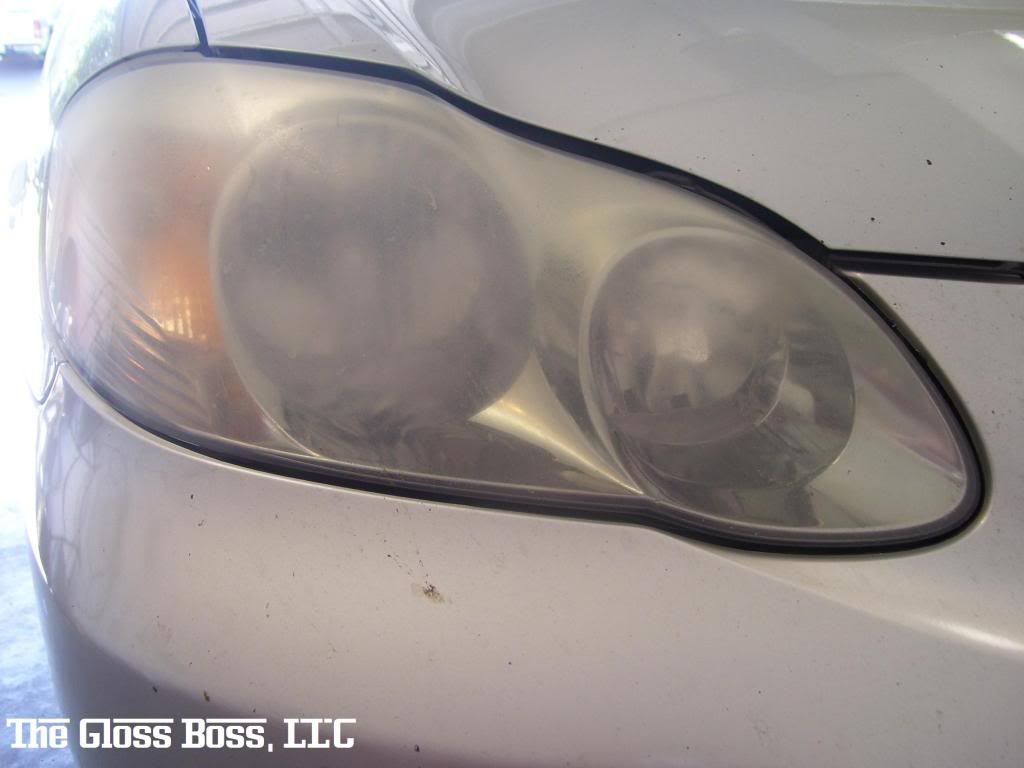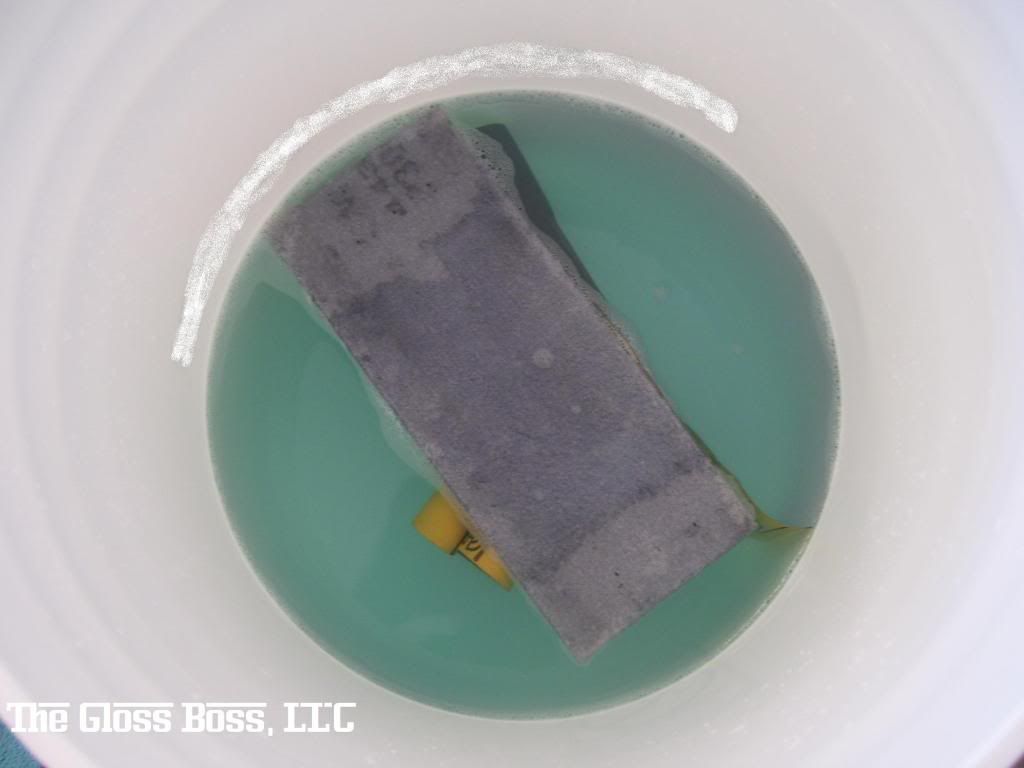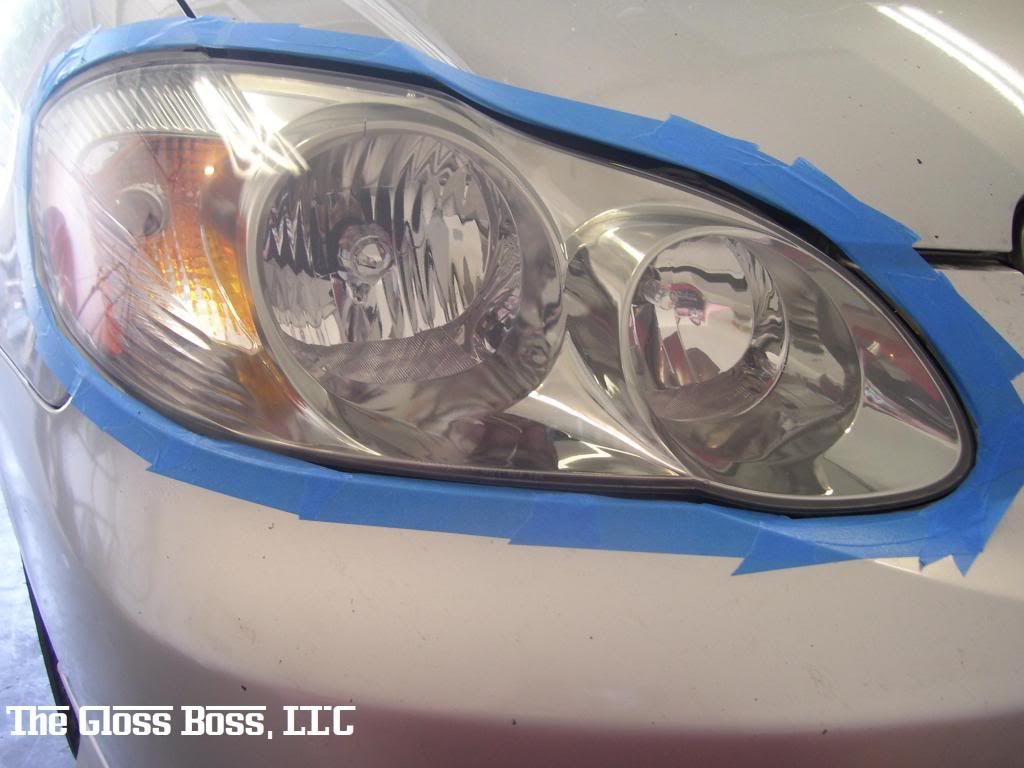The Gloss Boss
You Mirin'?
Here is a set of headlights on a Toyota Corolla I restored for a customer. This is only the second time I have done this. I used the following process.
-Cleaned headlights with Meg's APC+
-Clayed with Detailed Image clay using ONR at QD ratio as lube
-Wet sanded with 3M 1000 grit (by hand)
-Wet sanded with 3M 2000 grit (by hand)
-Wet sanded with 3M 3000 grit (by hand)
-Compounded with M105, orange pad, rotary
-Polished with PB's SSR2, white pad, rotary
-Finished with PlastX, white pad, rotary
-Protected with Detailer's Pro Series Poli-Coat Sealant
Total time: 90 minutes (includes prep and letting papers soak for 15 mins)
Here are some photos for your enjoyment. Thanks for looking!
This is what we're dealing with. I could make so much money off this in my town. Every other vehicle has headlights like this.


The tools and products I used.


The headlights after sanding.


Here is the finished product.


-Cleaned headlights with Meg's APC+
-Clayed with Detailed Image clay using ONR at QD ratio as lube
-Wet sanded with 3M 1000 grit (by hand)
-Wet sanded with 3M 2000 grit (by hand)
-Wet sanded with 3M 3000 grit (by hand)
-Compounded with M105, orange pad, rotary
-Polished with PB's SSR2, white pad, rotary
-Finished with PlastX, white pad, rotary
-Protected with Detailer's Pro Series Poli-Coat Sealant
Total time: 90 minutes (includes prep and letting papers soak for 15 mins)
Here are some photos for your enjoyment. Thanks for looking!
This is what we're dealing with. I could make so much money off this in my town. Every other vehicle has headlights like this.


The tools and products I used.


The headlights after sanding.


Here is the finished product.


